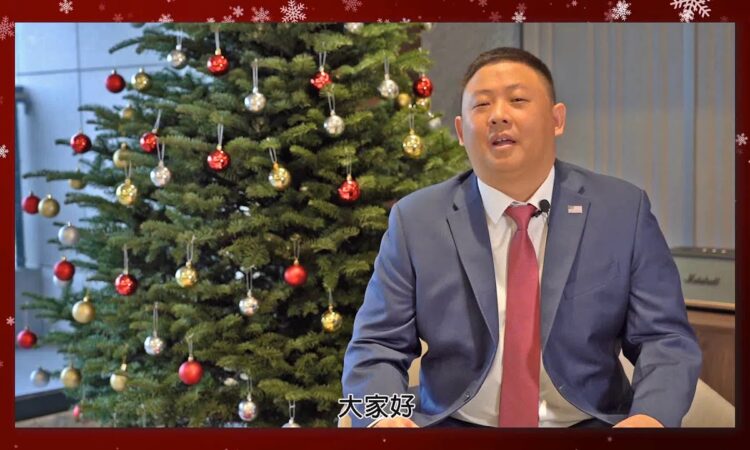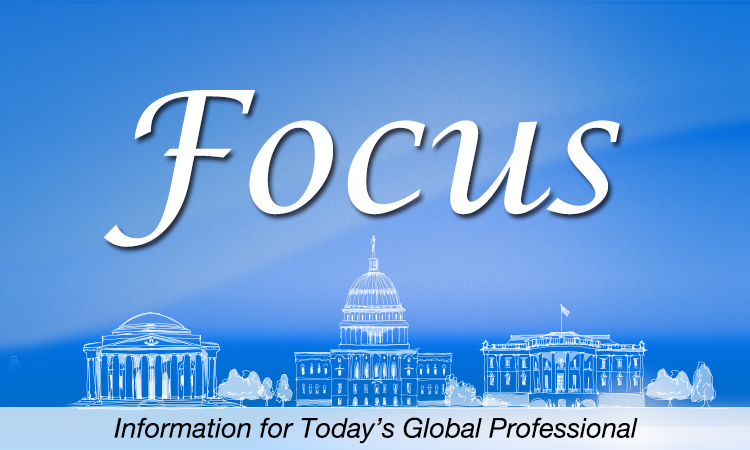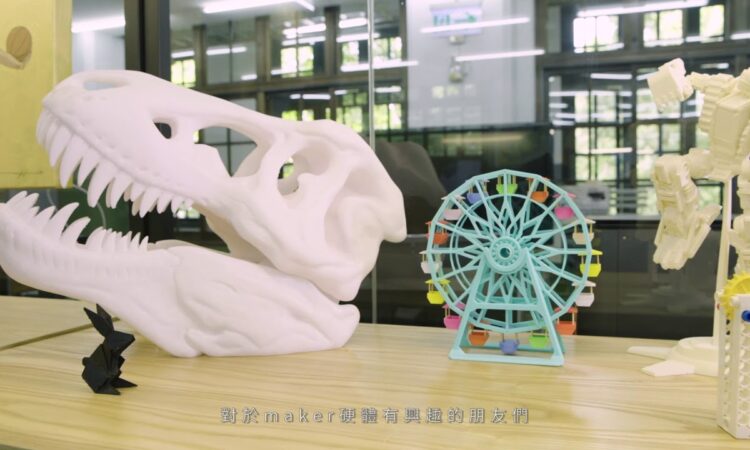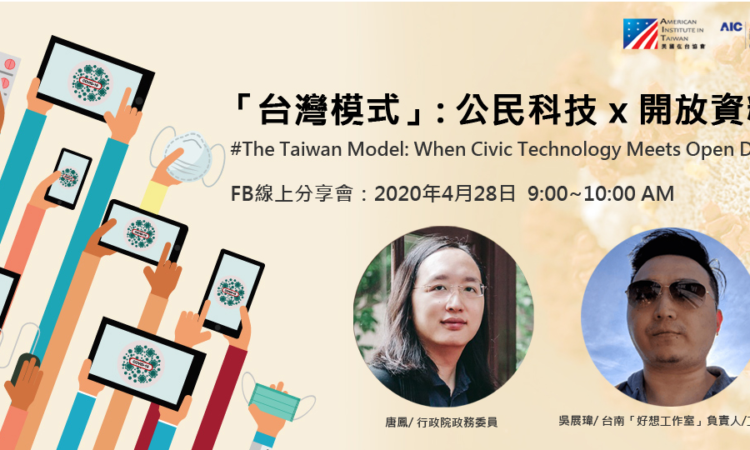如果您對下列項目有興趣,請與美國資料中心聯絡。電話:2723-3959 轉 202
To receive or reserve any of these items, please contact Information Resource Center at 2723-3959, ext. 202 or aitirc@mail.ait.org.tw.
1. 總統唐納.川普發表國情咨文。
President Donald J. Trump’S State of The Union Address. 
AIT, January 30, 2018, 6 pages.
“On January 30, 2018, President Donald J. Trump delivered his first State of the Union Address. He outlined the record-setting accomplishments of his first year and cast an inspiring vision for building a safe, strong, and proud America.” (From AIT)
2. 川普總統在世界經濟論壇上的講話。
Remarks by President Trump to the World Economic Forum. 
AIT, January 26, 2018, 6 pages.
“As President of the United States, I will always put America first, just like the leaders of other countries should put their country first also.
But America first does not mean America alone. When the United States grows, so does the world. American prosperity has created countless jobs all around the globe, and the drive for excellence, creativity, and innovation in the U.S. has led to important discoveries that help people everywhere live more prosperous and far healthier lives.” (From AIT)
3. Thornton, Susan.
董雲裳 (Susan Thornton) 在參議院外交關係委員會的發言。 
Statement of Susan Thornton Nominee to be Assistant Secretary for East Asian and Pacific Affairs. 
AIT, February 15, 2018, 3 pages.
“There is no part of the world that will be more consequential for our children’s future than the Asia-Pacific. With one-third of the world’s population, one-third of global GDP, and some of the largest and most dynamic economies in the world, it is clear that the Asia-Pacific region will be key to America’s future well-being and prosperity. We exported over $400 billion in goods to EAP countries in 2017, which is up 160% from a decade ago. This region is also home to five U.S. treaty allies with over 80,000 U.S. troops living, training, and operating alongside their partner host country forces to undertake a range of missions, including search and rescue, disaster relief, and counterterrorism. It is crucial for U.S. interests that this area remains stable and prosperous.” (From AIT)
4. Thornton, Susan.
加強美國與印度-太平洋地區的夥伴關係,促進未來的安全與繁榮。 
Strengthening U.S. Partnerships in the Indo-Pacific for a More Secure and Prosperous Future. 
AIT, January 8, 2018, 7 pages.
“The United States continues to work tirelessly with our East Asian and Pacific allies and partners to strengthen cooperation and foster new relationships to address security threats and increase U.S. economic opportunities. And 2017 was a crucial year for U.S. engagement with the Indo-Pacific.” (From AIT)
5. Boustany Jr. Charles W. and Richard J. Ellings.
China and the Strategic Imperative for the United States. 
The National Bureau of Asian Research, January 2018, 47 pages.
“This essay examines the implications of China’s rise and calls on the U.S. to address the domestic bases for national power and to reassume a leadership role in Asia by executing a grand strategy that is fully cognizant of political, historical, economic, and strategic realities.” (From the National Bureau of Asian Research)
6. Cooper III, Cortez A.
PLA Military Modernization: Drivers, Force Restructuring, and Implications. 
Rand, Feb 15, 2018, 14 pages.
“U.S. defense planners should assume that China’s restructuring and modernization programs will produce a PLA capable of conducting the informatized, integrated joint operations clearly described in military science sources. Defense spending patterns and Xi’s personal interest in PLA restructuring indicate that the Chinese bureaucracy will see various
priority military goals met between 2020 and 2040. The inherent difficulties and even contradictions in and between some of these priorities, however, are daunting. U.S. policymakers and decisionmakers must strive to fund and deploy the capabilities that will hold Chinese “informatized” joint plans and
concepts at risk into the future and show the intent to maintain the strength of key alliances and the technological superiority that have underpinned regional stability and prosperity in the Indo-Pacific region for over six decades.” (From Rand)
7. Easley, Leif-Eric.
North Korea Diplomacy and the Winter Olympics. 
Center for Strategic and International Studies, February 6, 2018, 2 pages.
“North Korea’s last-minute participation in the Olympics presents opportunities for Seoul’s relations with Pyongyang, but raises questions for Washington and Tokyo.” (From Center for Strategic and International Studies)
8. Roy, Denny.
Prospects for Taiwan Maintaining its Autonomy under Chinese Pressure. 
Asian Survey, November/December 2017, 12 pages.
“The widely believed notion that Taiwan will inevitably submit to rule by Beijing
is not politically, economically, or strategically well grounded. Despite its economic influence and growing military might, China’s ability to compel involuntary unification is far from certain if Taiwan’s people are determined to maintain their autonomy.” (From Asian Survey)‑

9. Morrison, Wayne M.
China-U.S. Trade Issues.  (PDF, 1.50 MB)
(PDF, 1.50 MB)
Specialist in Asian Trade and Finance
Washington, D.C.: Congressional Research Service, January 23, 2018, 75 pages.
“This report provides background and analysis of U.S.-China commercial ties, including history, trends, issues, and outlook.” (From CRS report)
10. Pena, Felix.
Adapting International Trade Institutions to New Realities. 
Council on Foreign Relations, February 13, 2018
“International trade institutions should be reformed with a focus on increasing public support for the rules-orientated system.” (From Council on Foreign Relations)

11. Gonzalez-Barrera, Ana and Jens Manuel Krogstad.
Naturalization Rate among U.S. Immigrants up since 2005, with India Among the Biggest Gainers. 
Pew Research Center, January 18, 2018, 7 pages.
“Most of the United States’ 20 largest immigrant groups experienced increases in naturalization rates between 2005 and 2015, with India and Ecuador posting the biggest increases among origin countries, according to Pew Research Center estimates of immigrants eligible for U.S. citizenship.” (From Pew Research Center)
12. McInnis, Kathleen J.
The 2018 National Defense Strategy.  (PDF, 136 KB)
(PDF, 136 KB)
Washington, D.C.: Congressional Research Service, February 5, 2018
“On January 19, 2018, Secretary of Defense Mattis released the unclassified summary of the Department of Defense’s (DOD) first congressionally mandated
National Defense Strategy (NDS).The document argues, the United States must bolster its competitive military advantage—which the NDS sees as having eroded in recent decades—relative to the threats posed by China and Russia. It further maintains that “inter-state strategic competition, not terrorism, is now the primary concern in U.S. national security.” (From CRS Report)
13. Annual Energy Outlook 2018: with projections to 2050. 
U.S. Energy Information Administration, February 6, 2018, 74 pages.
“EIA’s Annual Energy Outlook provides modeled projections of domestic energy markets through 2050, and it includes cases with different assumptions regarding macroeconomic growth, world oil prices, technological progress, and energy policies. Strong domestic production coupled with relatively flat energy demand allow the United States to become a net energy exporter over the projection period in most cases. In the Reference case, natural gas consumption grows the most on an absolute basis, and nonhydroelectric renewables grow the most on a percentage basis.” (From U.S. Energy Information Administration)
14. Brustlein, Corentin and others.
Saving Transatlantic Cooperation and the Iran Nuclear Deal: A View from Europe and the United States. 
“Strong transatlantic cooperation holds the best prospects for achieving the core common objective of preventing a nuclear-armed Iran.” (From Rand)

15. Castro, Daniel and Alan McQuinn.
AI Offers Opportunity to Increase Privacy for Users. 
Information Technology & Innovation Foundation, January 12, 2018
“Technology pundits frequently lament that our increasingly digital world has eroded consumer privacy by enabling businesses to collect and use more personal data. However, what is often lost in the conversation is that the growing use of artificial intelligence actually increases the potential for consumer privacy by reducing the number of humans who see personal information. As Daniel Castro and Alan McQuinn write for IAPP, the growth of AI will create new opportunities to minimize when and how workers at these businesses access this personal data, thereby increasing consumer privacy.” (From ITIF)
16. Hardy, Quentin.
How Cloud Computing Is Changing Management. 
Harvard Business Review, February 08, 2018, 2 pages.
“Client-server technology begat enterprise resource planning systems, and the consequent system-wide visibility that was required for what we call business process management (BPM). That makes it imperative to start thinking about how management will be changed by the most impactful information technology of our time: cloud computing. What does it allow us to do differently, and how will that change the way we do things in the future?” (From Harvard Business Review)
17. Romanosky, Sasha and others.
Law Enforcement Cyber Center: Final Technical Report. 
Rand, Jan 15, 2018, 48 pages.
“Cybercrime is a challenge for local and state law enforcement. The Law Enforcement Cyber Center (LECC) was established to provide a resource to combat cybercrime. This report summarizes the LECC’s activities and provides recommendations.) (From Rand)


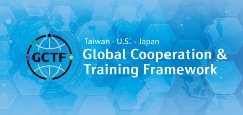




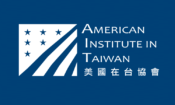
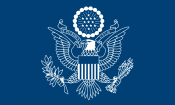
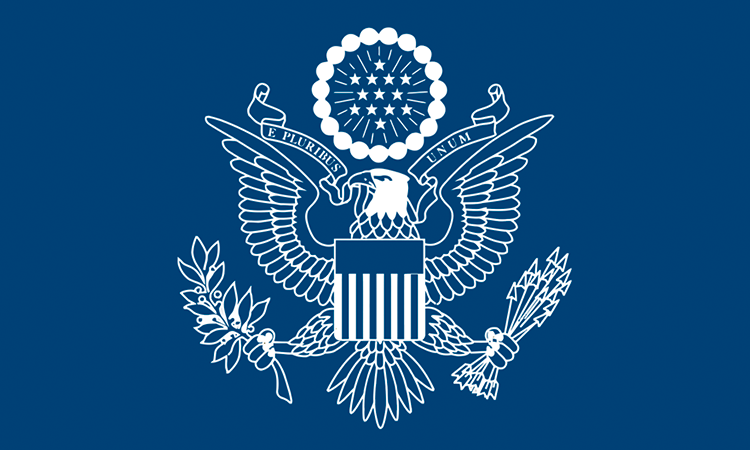




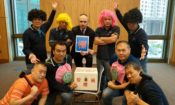
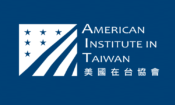
![Video Thumbnail [Recovered]-01](../wp-content/uploads/sites/269/Video-Thumbnail-Recovered-01-1-750x450.jpg)
